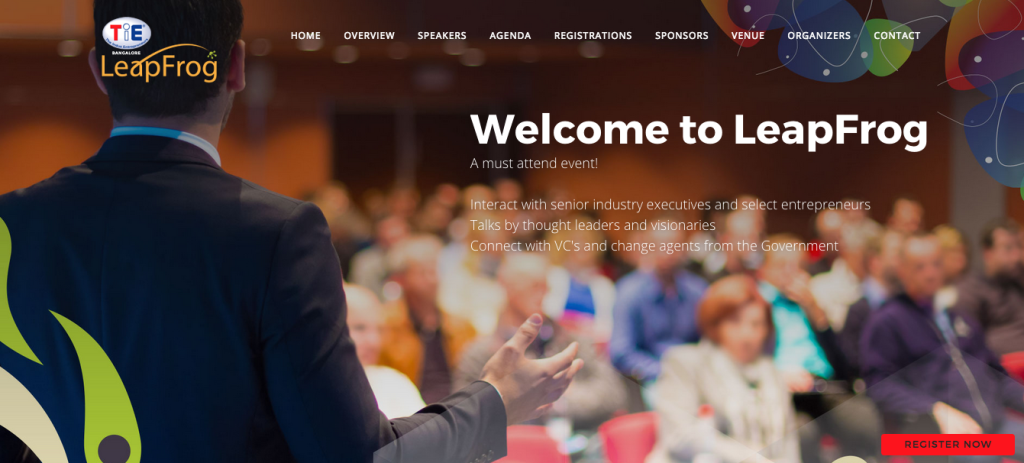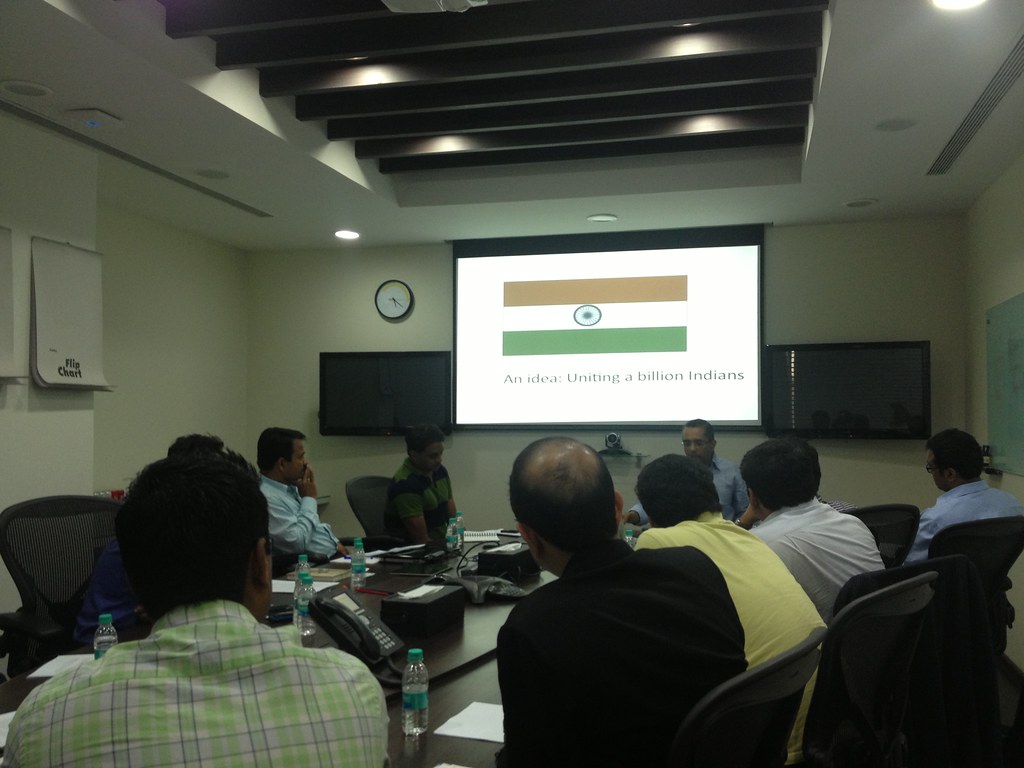iSPIRT is happy to note the Union Finance Minister, Mr. Arun Jaitley’s thrust in the direction of boosting the digital infrastructure in the country with specific reference to the Aadhar.
Aadhar powered by India Stack will allow people to offer presence less, cashless paperless service delivery to millions. Also digital literacy will also provide a big impetus in the rural areas.
The second initiative of iSPIRT which has been positively impacted by the Union budget is the ease of doing business in India and therefore the incentive for companies to Stay-In-India through the capital gains incentives where there will be no capital gains tax applicable if the funds so received are invested in a notified fund of funds by individuals in specific start-ups. The other major step is the decision to tax the Royalty Income from Patents developed and filed in India at only 10%, this we believe will certainly encourage companies to file more IPR in the country.
That said, we are disappointed with no attention being given to easing taxation norms of software companies where there is significant friction, the confusion on “goods” verses “service” tax on online downloads, TDS on sale of Software products and competition from foreign selling B2C products without any tax in India.
iSPIRT continues to work closely with the Government of India to enable the software product companies and start-ups to make the next leap with incentives from the Government. The Union Budget just presented is semi-sweet with specific sops being given to the start-up community in continuation of earlier policy announcements made by the Prime Minister Mr. Narendra Modi. There is a lot more that could be done to incentivize innovation and specifically ease the TDS conundrum which start-up and product companies find themselves adversely caught in.
Here are some specific comments from the iSPIRT team:
According to Mohandas Pai, Advisor, iSPIRT, “The Government continues to incentivize the start-up ecosystem as we have seen in the recent budget pronouncement. I am glad that the Government clearly recognizes that start-ups can be powerful problem solvers for the myriad issues facing the country and in turn generate employment as well. The Government’s decision to allow for 100% deduction of profits for 3 out of 5 years between April 2016 and March 2019 is certainly a welcome step that will boost start-ups.”
“While there are no major sops announced for the software product industry, the Government must understand that incentives to this segment of the industry will result in an exponential leap in exports and place India in an unshakable position on the world software product stage. That said, the decision to tax the Royalty Income from Patents developed and filed in India at only 10% is a good move by the Government and will certainly encourage companies to develop and file more IPR in the country ,“ says Vishnu Dusad, Co-Founder & Governing Council member of iSPIRT & MD, Nucleus Software Exports Ltd.
Sharad Sharma Co-Founder & Governing Council member of iSPIRT says, “Start-ups in the country will certainly benefit from the budget announcement of amending the Companies Act to announce easier and swifter registration of companies. Another positive announcement from the budget speech by Mr. Arun Jaitley has been the focus on Aadhar for subsidy delivery. The Aadhar powered India stack from authentication to exection, coupled with the open API policy in India, can certainly transform the way in which digitally focused companies can reach the masses quicker and more effectively.”
Says Jay Pullur, Governing Council member of iSPIRT & CEO & Founder of Pramati Technologies.“The Government through the Union Budget has done well to do away with capital gains taxation if the funds so received are invested in a notified fund of funds or in specific start-ups. Of course, a lot more can be done to ease working norms for the software industry by looking into issues like dividends from overseas subsidiaries and a clearer and unambiguous definition of digital goods and digital services from a taxation point of view.”







